An Australian creative’s Tuscan escape inspired by a fashionable gardening line
The city of Lucca was the idyllic refuge for these burnt out Milan-based designers.
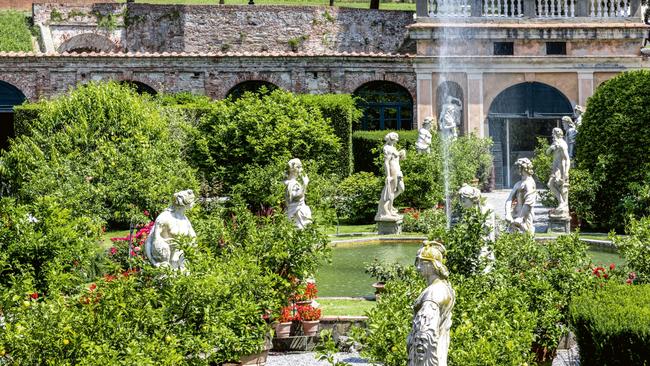
With the end of fashion week in Milan in February 2020 coinciding with the onset of the pandemic, Australian-born creative director Bradley Seymour and his partner, fashion designer Fabrizio Taliani, decamped to the Tuscan hills of Lucca to escape the growing uncertainty. It was an area they knew well: Taliani was raised there and they visited often to see his parents. With the world in a state of flux, they felt fortunate to base themselves inside the rural cottage belonging to Taliani’s late grandmother until it felt safe to return to Milan.
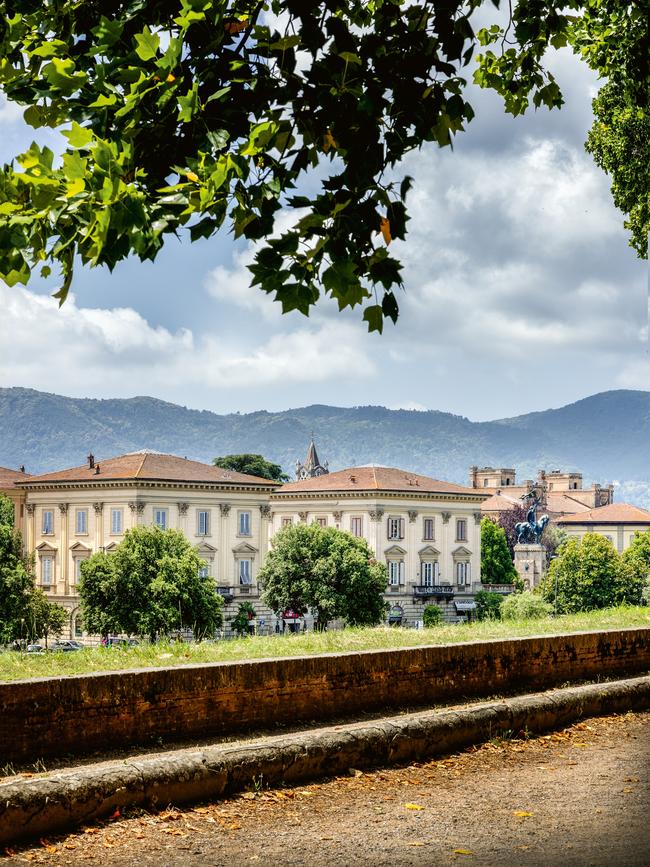
For a while it seemed idyllic. They took long walks, planted a garden and shared meals with Taliani’s parents, who lived nearby. Their view was filled with vistas of the northern Tuscan hills and the area’s Baroque architecture, their plates laden with seasonal produce and regional specialties. Surprising joy was found in the simplest of domestic tasks, such as washing and drying dishes by hand (there was no dishwasher), and handwashing clothes and linen (they had neither a washing machine nor a dryer). It offered them a chance to slow down and think, and just be – a welcome contrast to the hectic pace of their lives in Milan.
As the weeks turned into months, the feeling of contentment that initially came with their new daily rhythms and rituals turned into restlessness and Taliani’s mood began to shift. His creative spark and infectious energy, which had driven him to the top of the fashion world, where he designed for Zegna, Trussardi and Hugo Boss, began to fade. And with it, his zest for life and sense of purpose. The days spent in Nonna’s farmhouse, once languid and restorative, began to feel empty and listless. Planning the menu or new creative projects no longer seemed enjoyable and the results failed to provide the soul food required to keep depression’s shadow from the door.
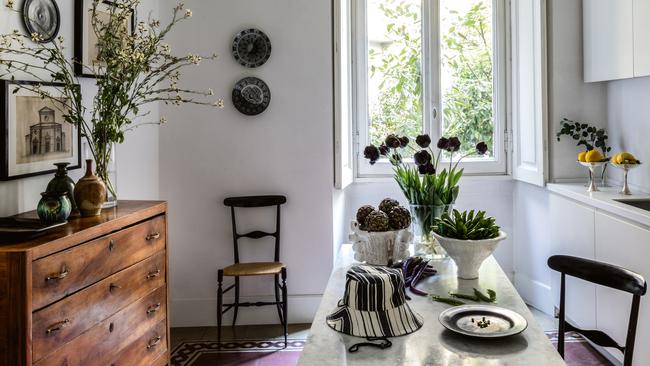
After seemingly endless days of darkness, Taliani was forced to acknowledge that years of expending his energy reserves in the service of the fashion industry had slowly drained his creative well, and it was time to confront and examine his waning sense of purpose and once again find meaning. However, to do that, specific questions needed to be explored. Why did he need to create? Where did the motivation come from? And how could he find his way back to the nucleus of his artistry in order to build a more positive path forward? The more he thought about it and examined the questions with Seymour and trusted friends, the more certain he became that the answers were right in front of him – in Lucca. His childhood there, with beauty at every turn, had provided the fertile ground upon which his early creativity had flourished: the architecture, gardens, muted tones and textures, historical statues, urns, fountains, pots and paths.
So perhaps if he could wholeheartedly embrace his heritage and his land once again, he could forge a way ahead. Seymour realised an intervention was required to translate his partner’s epiphany into action, ordering a delivery of wads of paper, paints, inks, brushes and pencils, and urging Taliani to disappear into a room to fill them. So, over an eight-hour period, he painted leaves, flowers, architectural motifs, faces and forms from antiquity, water spouting from tiered fountains, columns and arches.

Like a cri de coeur, the outpouring not only helped Taliani cast off the heavy blanket of inertia by reconnecting him with his inner artistic terroir, but would prove the catalyst for discussions that led to the birth of Rovi Lucca, a new fashion label that he and Seymour decided to create together.
Entrenched in the brand’s ethos is a sense of place, each range underpinned by the energy captured in Fabrizio’s paintings, which provide a series of shorthand symbols for elements found in the gardens and homes of the area. While ostensibly combining stylish gardenwear with premium Italian materials, the label and its name are also a reminder that struggle often precedes personal fulfilment.
“Rovi means blackberry bramble and Lucca is the place we consider to be home,” Seymour explains. “We chose the name because it’s a reminder that you must get past the bramble’s prickles before you can harvest any fruit. For Fabrizio, the project felt like a homecoming, and for me it’s a symbol of my next adventure.”
Their first collection was inspired by the gardens of Tenuta di Valgiano, a 16th-century wine estate in the hills outside Lucca. Included in the release was a soft-brimmed sunhat, striped canvas garden jacket with tool pockets and overalls with sturdy knees for planting and weeding. It also included a tote bag that doubles as a kneeling mat and which can be spread out to catch olives, flowers or fruit as they are harvested.

The baroque palace and gardens of Palazzo Pfanner, located in the historic centre of Lucca, provided the catalyst for their second collection. The expansive formal grounds, designed by Filippo Juvarra in the early 18th century, host a wide variety of plants, ranging from palms, pines and peonies to box hedges, begonias and antique varieties of camellias. Marble statues of mythical Greek Olympians line the pathways, along with more than 100 antique earthenware lemon vases. The equally evocative palace interiors boast original frescoes, mosaics and four-poster beds covered with faded baroque fabrics in soft blues and matt golds.
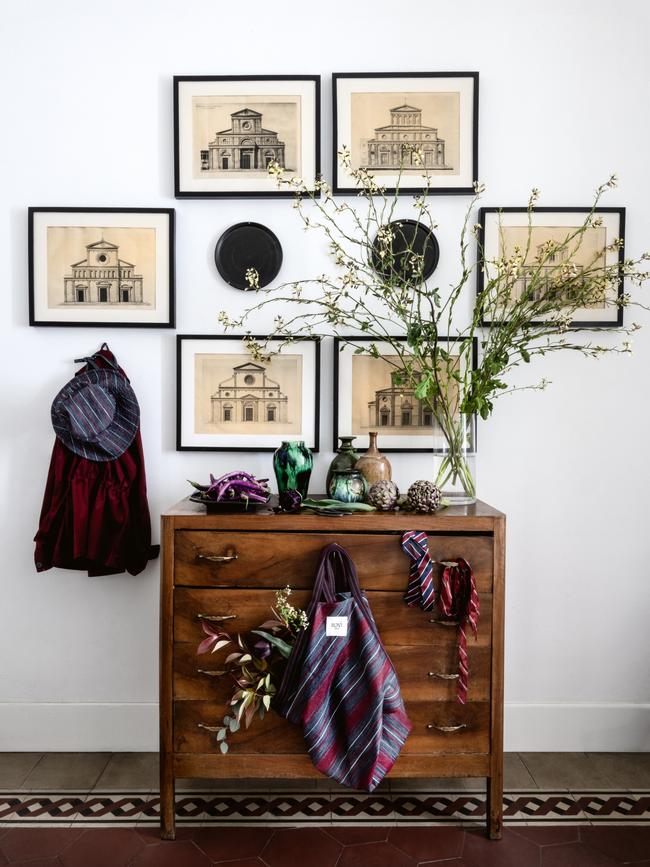
The brand’s evolution feels as organic as the very gardens that inspired it.
“I think it is about planting a seed and watching something grow,” Seymour says. “When it sprouts leaves, we’ll enjoy the shade. When it bears fruit, we’ll savour it and share it around.”
Their apartment in Milan, in the neighbourhood of Venezia, offers a pared-back visual counterpoint to their home in the Tuscan hills. Midcentury rattan armchairs and lamps and Bauhaus-style sofas and bookshelves contrast with the occasional ornate commode and patterned tile flooring. For Seymour and Taliani, their apartment is a quiet haven, despite its location in a busy neighbourhood. Its position towards the rear of an internal courtyard ensures a similar feeling of calm that informs their days in Lucca. And while the design tends towards midcentury minimalism, there are hints of a more ornate Lucchese influence.
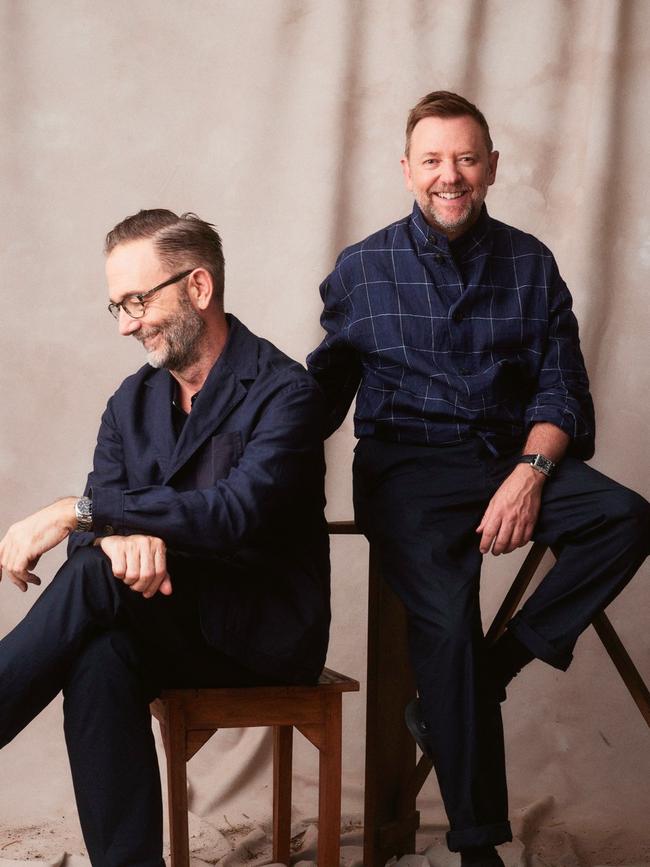
Taliani’s black-and-white-painted ceramics, reminiscent of the black-and-white exterior of Lucca Cathedral, sit like a little family on a kitchen shelf, while his ink and wash drawings can be found around the apartment in boxes and on walls.
Seymour’s years of working as a creative director and art director for Terence Conran, Elle and Marie Claire Italy can be seen in the books and magazines that fill steel-framed shelves. Foliage displays abound – both fresh and dried – from the couple’s favourite Milanese florist, Radaelli, which was established in 1886. Whether at home or in the nearby Giardini Indro Montanelli, a garden never seems far away.
It suits Seymour, whose nature-filled Australian childhood continues to inform his life and work. “I still love that open indoor – outdoor optimistic freshness that you find in Australia, particularly in interiors, design and architecture. Environment, sunlight, all the things that bring us home. Home is your nest, a place to find solace.”
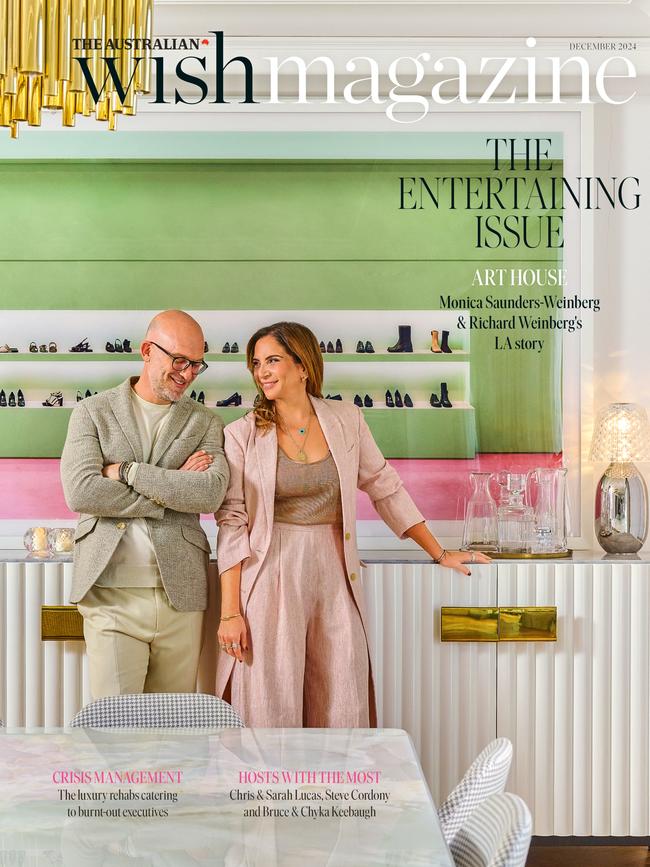
During the pandemic, Seymour and Taliani were forced back to the drawing board. Without the quiet time and space for contemplation they experienced in Lucca, they may never have been compelled to delve as deeply into their respective wells of creativity. They not only dug into the rich Tuscan earth to plant and nurture a garden together for the first time, but explored the depths of their innermost needs as creative individuals. The resulting label has fused together their lives in Milan and Lucca and the two homes that feed them. And the balance and harmony has never felt better.
This Creative Life by Robyn Lea (Thames & Hudson Australia), is available now.
This story is from the December issue of WISH.




To join the conversation, please log in. Don't have an account? Register
Join the conversation, you are commenting as Logout